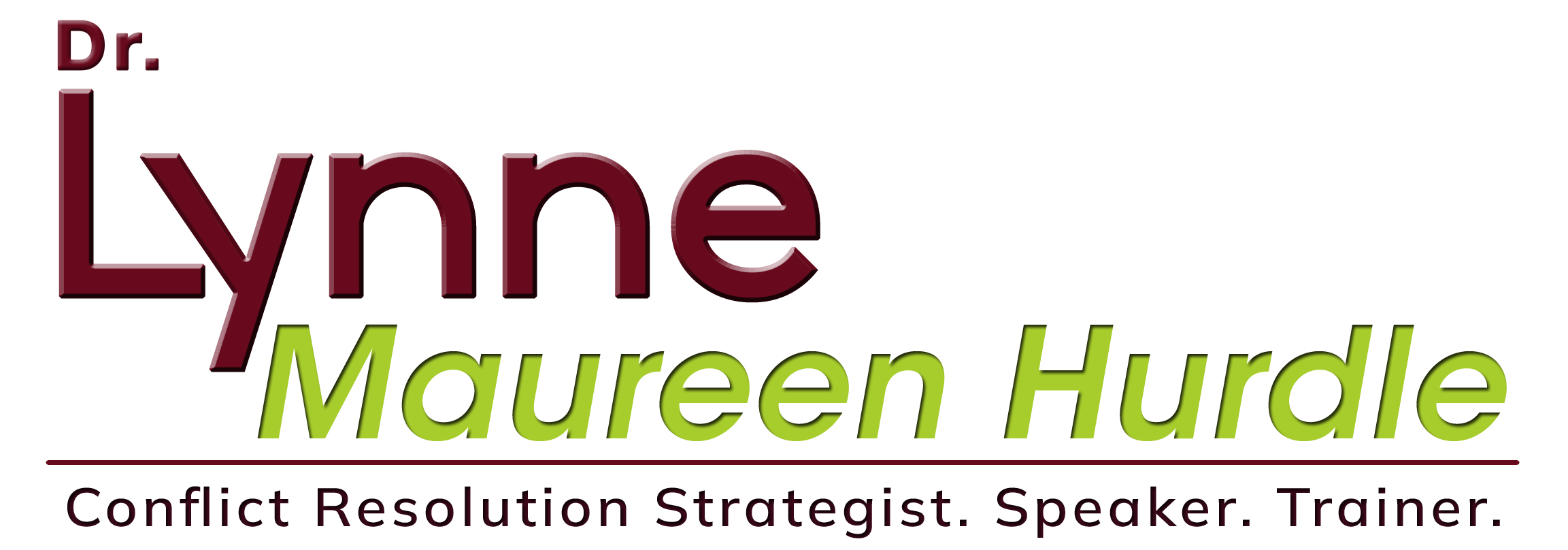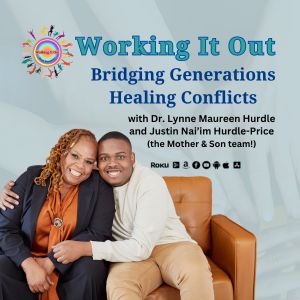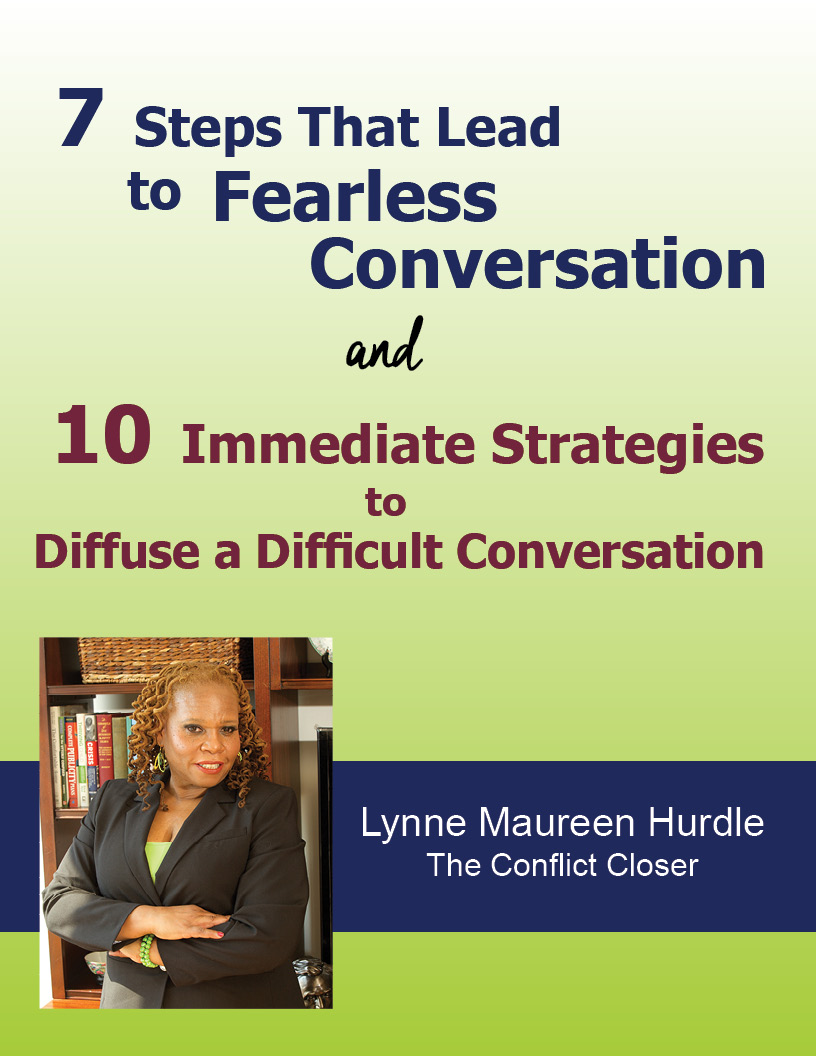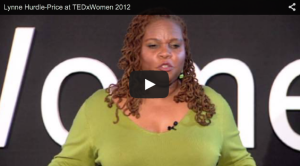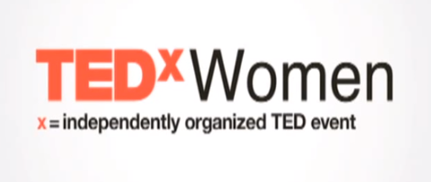I wasn’t.
Her body language said so much. I could see the discomfort long before it was her turn to speak. Twisting uncomfortably in her chair, a frown appearing, disappearing and reappearing. I had the feeling that her palms were sweaty, eyes looking down a lot while still struggling to make some eye contact. After she spoke, I acknowledged her discomfort which she confirmed, but then… I encouraged her to talk some more and completely missed the rest.
As much as we know about body language, how much attention are we really paying to it? I come from a high context culture, so body language can sustain a conversation sometimes longer than words. In African American culture, a look can often tell you all you need to know about what is happening in a particular situation and you throw in some neck and a “girrrlllll” and it can go a long way in communicating a lifetime of experiences and understanding.
But even with all of my experience in reading body language both within the culture and as a conflict resolution strategist, I admit that I did not give it the sustained importance it required in this conversation and so I am both admitting it and turning it over to you.
Someone out there needs you to learn from my mistake and get it right. Here’s your guide:
Listen all the way through. That means all that body language that you are paying attention to in the beginning when you are trying to get them to open up to you, keep that in your focus until the last word is exchanged.
Offer them a pause or a full stop if that is what they need. It’s about them not you. Pickup on any resistance in the body. Are they closed? Arms, legs, eyes looking off, breathing heavy, wringing hands and of course tears?
Read up on high and low context cultures and know where you are. When these two cultures meet they are ripe for misunderstandings, misinterpretations, missed moments and mistakes. People from low context cultures need the spoken word to be precise and they tend to believe you mean what you say when they hear you say it. There is very little communicated by the body. It is almost all in the words, but you still have to pay attention to what is being communicated by the body. High context is just the opposite. There is so much said in the unspoken.
Know your own body language cues. Get some feedback on this one. My mother always told me never to play poker, because everything I was feeling was written on my face. I am also a leg and arm crosser, not because I am closed off to people and ideas, but because I am just comfortable sitting that way. I do know that all of these things about me including raising my eyebrows without knowing it have the very real potential to communicate the wrong thing to someone else.
What about you, what are your body language secrets? Ask those who have been in conflict or in a difficult conversation with you. I bet you’ll be surprised.
I apologized for missing the signs and making her open up when it was only bringing more pain. It reminded me of a lesson learned long ago that I chose at that moment to never forget.
When the body speaks, pay full attention and heed.
Now it’s on you.
In Love,
Lynne
